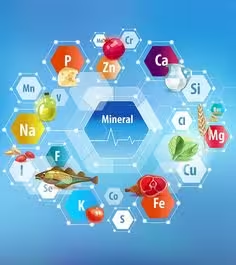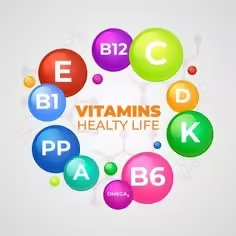Definition Acid-base balance regulates the body’s hydrogen ion (H⁺) concentration to maintain the blood’s pH within the normal range of 7.35–7.45. Maintaining this balance is crucial for cellular function and overall homeostasis. Read More …
Category: Biochemistry II Yr
Minerals

Minerals are inorganic nutrients that are vital for numerous physiological functions. They are categorized based on the quantity required by the body: macrominerals (needed in larger amounts) and microminerals (trace Read More …
Vitamins

Vitamins are organic compounds essential for normal growth and metabolism in living organisms. They are required in small amounts and play crucial roles in various biochemical processes, including energy production, Read More …
Metabolism of Lipids
Metabolism of Lipids includes a wide variety of chemical substances Such as: Neutral fat (triacylglycerol or triglycerides) Fatty acids and their derivatives Phospholipids Glycolipids Fatty acid oxidation Fatty acid oxidation, Read More …
Digestion and absorption of lipids
Digestion and absorption of lipids processes for “triglycerides, cholesterol, and phospholipids”, including specific enzymes, mechanisms, and physiological implications. Digestion of Triglycerides (TGs) Mouth: Lingual Lipase: Produced by: Serous glands of Read More …